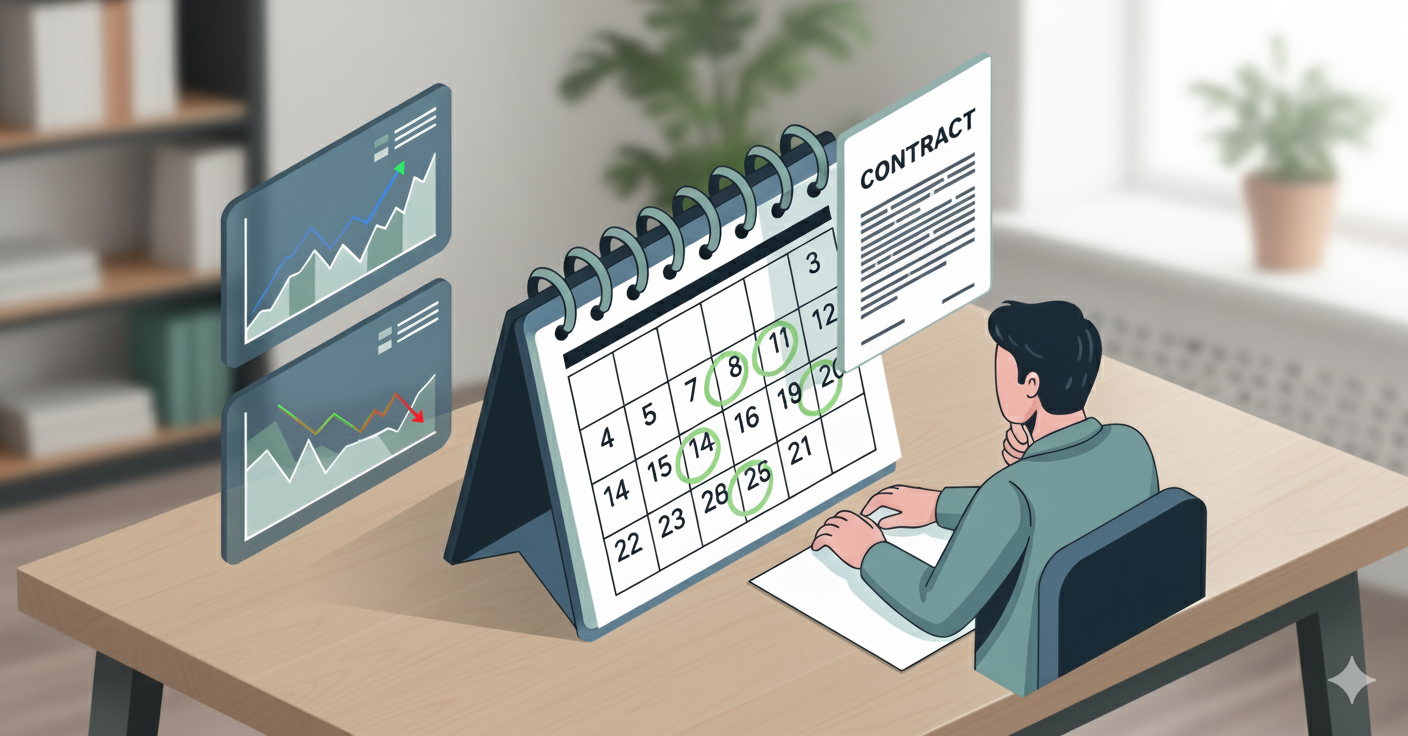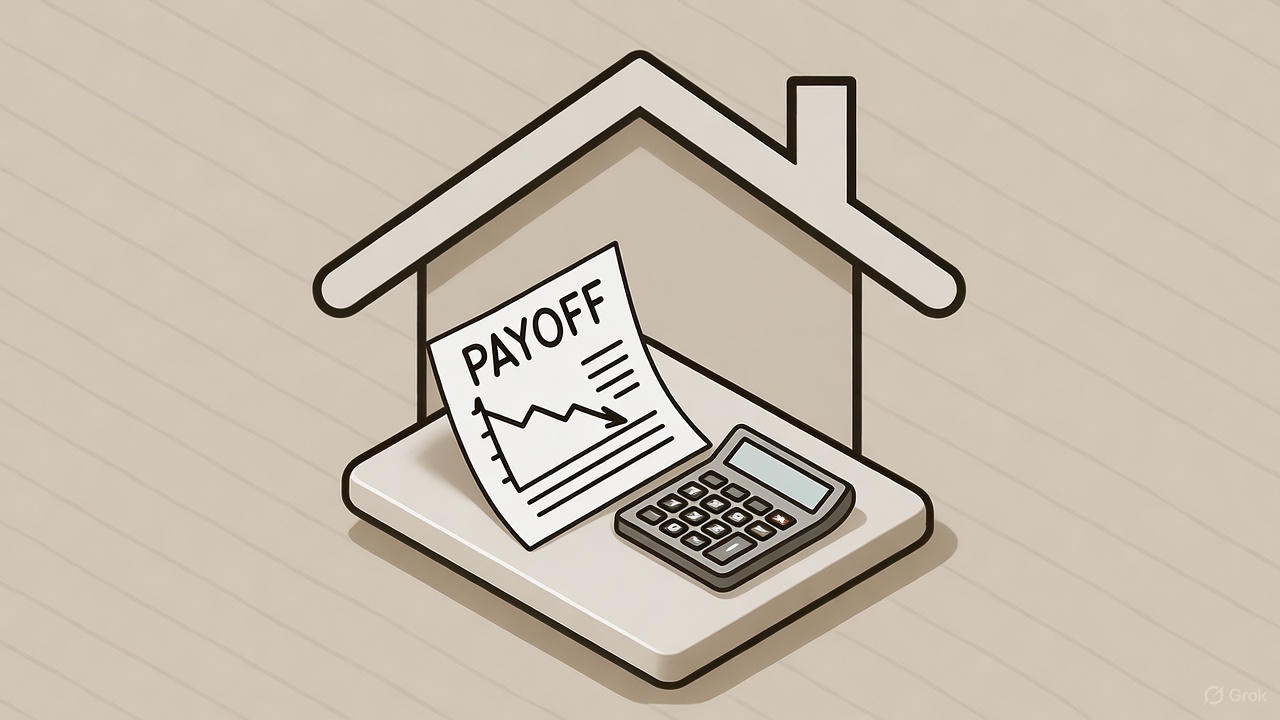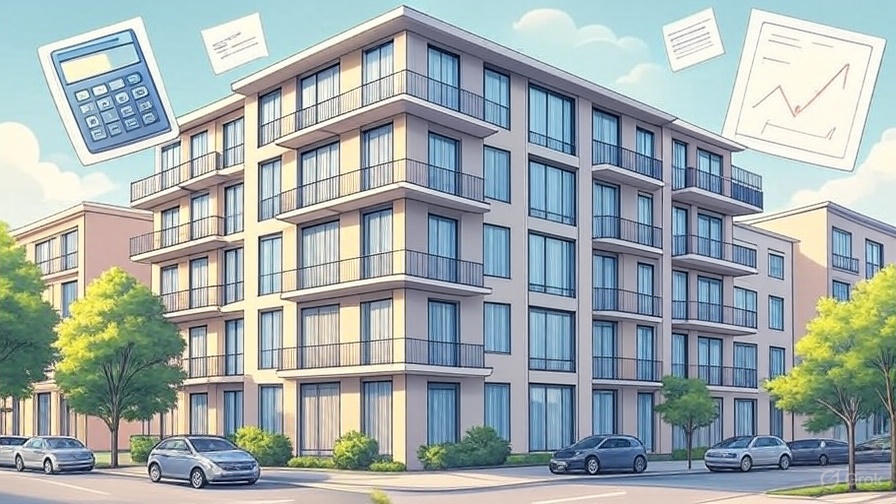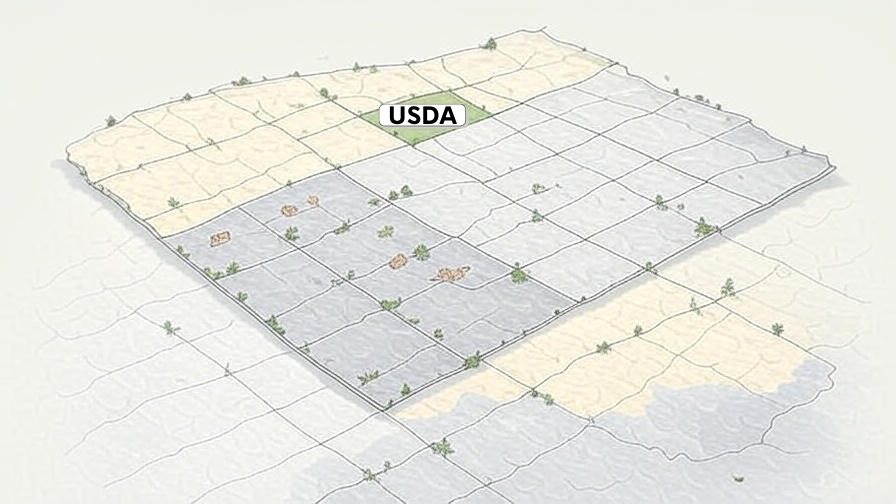Locking in your mortgage rate can feel like a big decision. With even small shifts in rates changing your monthly payment, knowing when—and how—you can adapt matters. Let’s look at timing, risks, and the options you really have.
When should you lock a mortgage rate?
The right moment is usually after you’ve signed a purchase contract and your loan application is moving forward. At that point, rate changes are more likely to directly affect your closing. I also monitor rate sheets and bond markets daily—so when I see a favorable window, I let clients know. A big question that comes up is “Why is my rate different than my friend/neighbor/co-worker?”Here is a post that explains how loans are priced and why loans may not be the same, even for identical houses and qualifications.
Why rate locks matter
Without a lock, your interest rate could go up between contract and closing. That could change your affordability and monthly payment. A rate lock freezes your interest rate for a set period, so you know what you’ll pay—even if the market shifts against you.
The lock is the lenders committment to lend you the funds at a promised price, assuming the loan closes.How long does a lock last?
Most contracts close in 30 days, and locks often match that. Options also exist for 45 or 60 days. Longer locks give more time but usually cost more. The longer the lender holds your funds and promises a rate, the more risky it is for them. If closing gets delayed, you may need to extend—another cost to consider.
Who decides when to lock?
You make the final call, but I’ll guide you with daily monitoring and context. We look at contract timelines, economic events, and bond activity together to decide whether it’s smarter to lock or wait. The goal: no guesswork, no surprises. For most people, this means locking at contract to avoid expensive, risky surprises.
What if rates drop after you lock?
A standard lock doesn’t adjust downward, but here’s where I add value as a broker:
- Float-downs: Some lenders let you lower your rate if market rates fall significantly, but usually only if they drop by a set amount (like 0.25%–0.375%). A fee may apply, since lenders incur costs hedging against that risk.
- Switching investors: Because I’m a broker, I can sometimes move your loan to a different investor if rates improve. If we still have 2+ weeks before closing, this is often possible. Appraisals usually transfer, documents can be updated same-day, and you’re not “starting over.”
- Timing matters: If we’re within a week of closing, switching investors is rarely practical. But two weeks or more, depending on loan type, usually gives us options. Most likely, any market improvements will be moderate with moderate savings. Refinancing the loan sometime after closing is usually possible for many buyers, depending on loan type and other transaction details.
Payment Math Spotlight
Example: On a $400,000 home with 5% down and a 6.5% rate, principal and interest are about $2,398/month. At 6.25%, the payment drops to roughly $2,338. Numbers vary with taxes, insurance, and credit profile, but even small shifts in rates can add up.
What mortgage bonds have to do with rates
Mortgage rates are tied to mortgage-backed securities (MBS) and the 10-year Treasury yield. When investors buy bonds, yields fall and mortgage rates improve. When they sell, yields climb and rates worsen. That’s why inflation reports, Fed announcements, and job numbers can swing mortgage rates quickly.

What history tells us about 30-day rate moves
Looking back at Freddie Mac and daily survey data:
- Rates often move within a 0.05%–0.25% range in any given week in a stable market. Over 30 days, that could mean a ~0.20%–0.40% swing up or down.
- Large drops (0.50% or more) in a single 30-day window are less common but do happen in volatile markets.
- Chances of incremental improvement are roughly as high as chances of incremental worsening, but upward spikes tend to be sharper when markets are surprised by inflation or Fed policy. So if things get worse, it will most likely be a larger loss than a potential improvement.

Common traps to avoid
- Locking too soon without a signed contract—you may pay to extend.
- Assuming float-downs are automatic—they aren’t, and lenders often require a minimum rate drop before honoring them.
- Waiting too long—within a week of closing, switching lenders is usually off the table.
- Forgetting that fees (for float-downs, extensions, or switching) can offset the savings.
Want a plan that matches your timeline?
I’ll work up loan options that fit your goals, needs, and qualifications—so you’re never squeezed into the wrong program. Clear paths. Real numbers. Calm decisions.
Prefer to talk? 984-289-6479 · wolff@michaelthebroker.com




